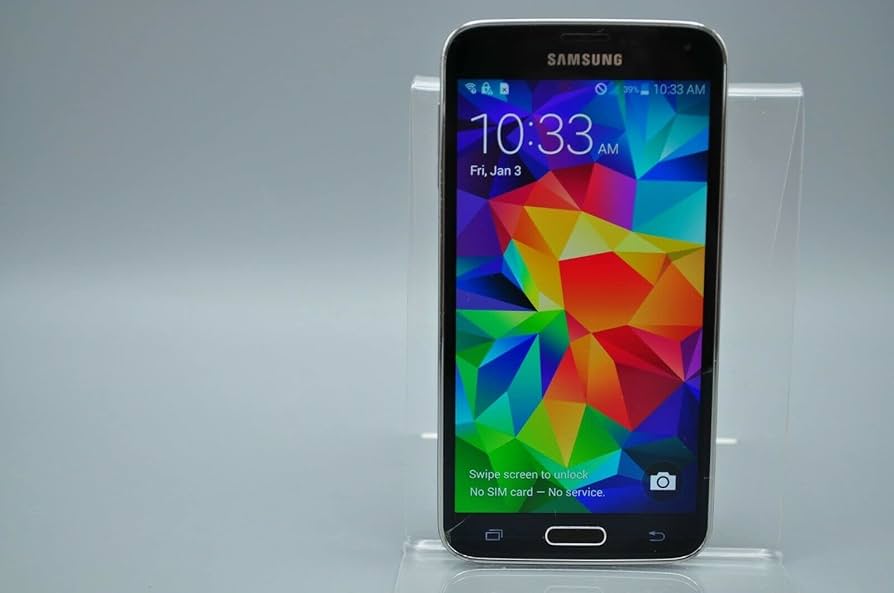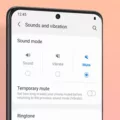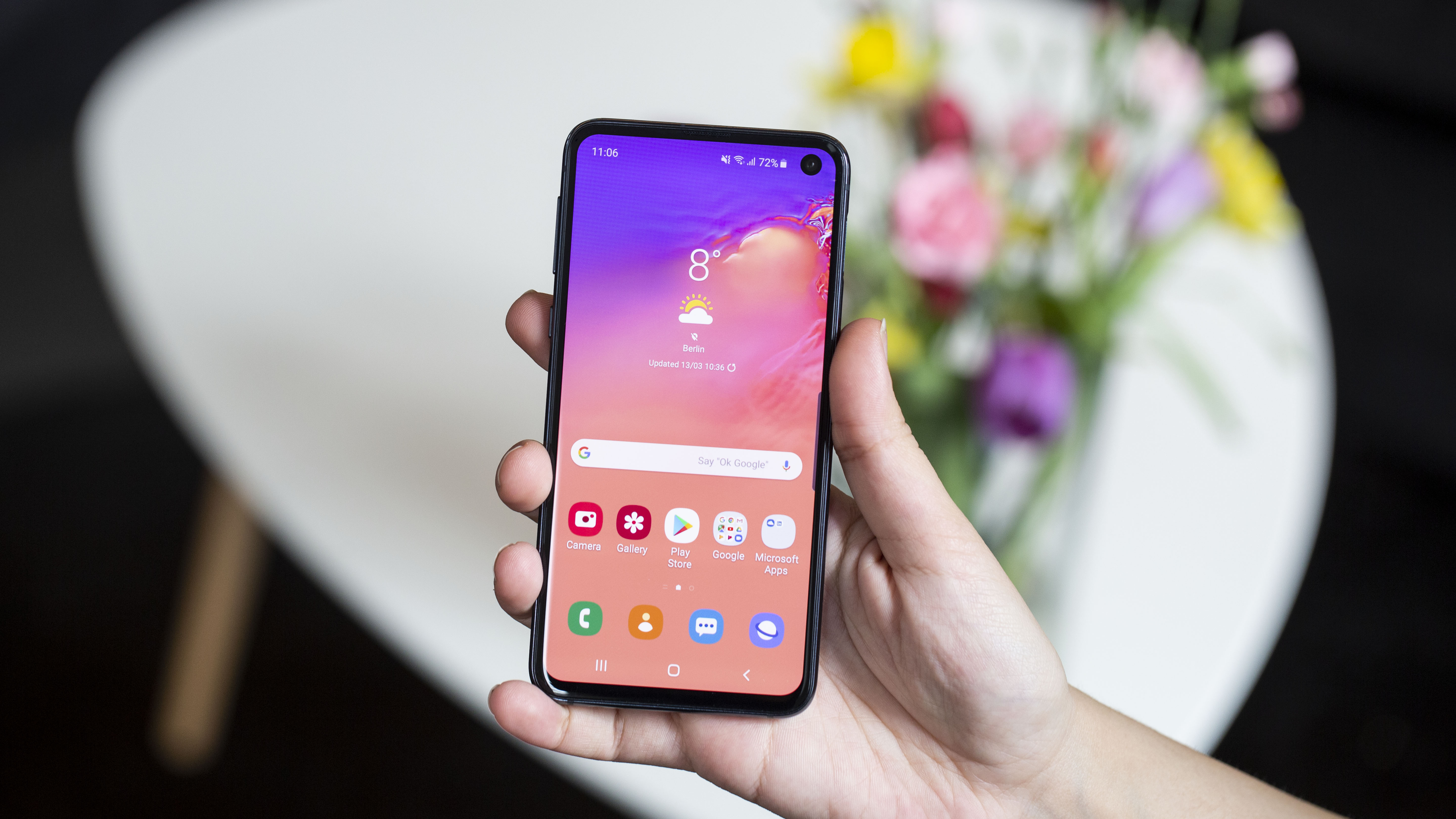The Samsung Galaxy S5 is a popular smartphone that has been widely used by many people. However, like any other device, it can sometimes experience issues, such as having no service or signal. In this article, we will explore some possible solutions to fix the “No Service and Signal” problem on the Samsung Galaxy S5.
Before we dive into the solutions, it is important to understand the possible causes of this issue. There can be several reasons why your Samsung Galaxy S5 is not getting any service or signal. It could be due to a software glitch, a problem with the SIM card, or issues with the network provider. Now, let’s explore some potential solutions to resolve this problem.
1. Check if the SIM card is placed correctly: Sometimes, the SIM card may not be inserted properly, causing the phone to lose signal. Make sure that the SIM card is securely inserted in the SIM card tray.
2. Restart your phone or tablet: Restarting your device can often fix minor software glitches that may be causing the no service issue. Simply turn off your Samsung Galaxy S5 and then turn it back on after a few seconds.
3. Clean the SIM golden points: Over time, the golden points on the SIM card can accumulate dirt or dust, which may interfere with the device’s ability to connect to the network. Use a clean cloth or cotton swab to gently clean the golden points on the SIM card.
4. Check for scratches on the SIM golden points: If the golden points on the SIM card are scratched or damaged, it can affect the connectivity. Inspect the golden points for any signs of damage and replace the SIM card if necessary.
5. Verify if the SIM card is active: Ensure that your SIM card is active and not expired. Contact your network provider to confirm the status of your SIM card.
6. Ensure proper insertion of the SIM tray: Make sure that the SIM tray is properly inserted into the device. A loose or misaligned SIM tray can lead to signal issues.
7. Change the network mode to auto: Go to the network settings on your Samsung Galaxy S5 and change the network mode to automatic. This will allow the device to automatically select the best available network.
8. Try the SIM card on another phone: If possible, try inserting the SIM card into another compatible phone to check if the issue persists. This will help determine if the problem lies with the SIM card or the device itself.
If you are experiencing a “No Service and Signal” problem on your Samsung Galaxy S5, there are several potential solutions to consider. By checking the placement of the SIM card, restarting the device, cleaning the SIM golden points, verifying the SIM card’s activation status, ensuring proper insertion of the SIM tray, changing the network mode, and trying the SIM card on another phone, you can troubleshoot and resolve the issue. Remember to contact your network provider for further assistance if the problem persists.

How Do You Fix Your Samsung Phone When It Says No Signal?
To fix a Samsung phone that says “No Signal,” follow these steps:
1. Check your network connection: Ensure that your phone is connected to a stable and active network. You can do this by checking if other devices are able to connect to the network without any issues.
2. Restart your phone: Sometimes, a simple restart can resolve network-related problems. Turn off your Samsung phone, wait for a few seconds, and then turn it back on. This will refresh the device’s network settings.
3. Check your SIM card: Make sure that your SIM card is properly inserted into your phone. Remove the SIM card, clean it gently with a soft cloth, and reinsert it securely.
4. Airplane mode: Toggle the Airplane mode on and off. This can help reset the network connections on your phone. Access the quick settings panel by swiping down from the top of your screen and tap on the Airplane mode icon. Wait for a few seconds and then turn it off.
5. Network settings reset: Resetting your network settings can also resolve network-related issues. Go to the Settings menu on your Samsung phone, tap on “Connections,” then “Mobile networks,” and finally, “Network operators.” Toggle off the “Select automatically” option and choose your network provider from the list.
6. Software update: Ensure that your Samsung phone is running on the latest software version. Software updates often include bug fixes and improvements that can address network-related issues. Go to the Settings menu, tap on “Software update,” and check for any available updates.
7. Contact your service provider: If the above steps do not fix the issue, reach out to your network service provider. They can assist you with troubleshooting and further resolve any network-related problems.
Remember, these steps may vary slightly depending on the Samsung phone model and the version of the operating system it is running.
Why Does Your Phone Say No Service When You Have Service?
There can be several reasons why your phone may display “No Service” even when you believe you have a signal. Here are some possible explanations:
1. Phone Restart: Sometimes, a simple restart can fix connectivity issues. Try turning off your phone completely and then turning it back on after a few seconds. This can help refresh the network connections and resolve any temporary glitches.
2. Poor Cell Service: If you are in an area with weak or no cell service coverage, your phone may display “No Service” even though you should have service. This can happen in remote areas, underground locations, or buildings with thick walls that block signals. Moving to a different location or going outside may help improve reception.
3. Airplane Mode: Check if your phone is in Airplane Mode, which disables all wireless connections including cellular service. If Airplane Mode is enabled, simply turning it off should restore your cellular connectivity.
4. Network Issues: Occasionally, there may be network problems in your area that affect your phone’s ability to connect to a cellular network. These issues can be temporary and are typically resolved by the network provider. You can contact your service provider to check if there are any known outages or maintenance activities in your area.
5. Signal Interference: Even if you are in an area with good cell service, certain factors can interfere with your phone’s ability to connect to the strongest signal. Physical obstacles like buildings and trees, or electronic devices like microwaves and Bluetooth devices, can weaken or block signals. Moving away from potential sources of interference or adjusting your phone’s position may help improve signal strength.
If you continue to experience persistent “No Service” errors despite trying these troubleshooting steps, it is advisable to contact your mobile service provider. They can assist you further in diagnosing and resolving the issue.
What to Do If Sim is Showing No Service?
If your SIM card is showing no service, there are several steps you can take to troubleshoot the issue:
1. Check if the SIM is placed correctly: Ensure that the SIM card is properly inserted into the SIM tray of your phone or tablet. Make sure it is securely placed and in the correct orientation.
2. Restart your phone or tablet: Sometimes, a simple restart can resolve connectivity issues. Turn off your device and then turn it back on after a few seconds. This can help refresh the network connections.
3. Check if the SIM golden points are clean: Remove the SIM card from the tray and inspect the golden points on the SIM card. If they are dirty or dusty, gently clean them with a soft cloth or tissue. This can help improve the connection between the SIM card and the device.
4. Check if the SIM golden points have any scratches: Examine the golden points on the SIM card for any visible scratches or damage. If the points are scratched, it may affect the functionality of the SIM card. In such cases, you may need to contact your service provider for a replacement SIM card.
5. Check if the SIM is active: Verify with your service provider that your SIM card is active and has an active service plan associated with it. They can also check if there are any network outages or issues in your area that may be causing the no service error.
6. Check if the SIM tray is properly inserted: Ensure that the SIM tray is properly inserted into the device. Sometimes, a loose or improperly inserted SIM tray can cause connectivity issues. Remove the tray, reinsert it correctly, and make sure it is securely in place.
7. Change the network mode to auto: Go to your device’s settings and navigate to the network or cellular settings. Look for the network mode option and set it to auto. This will allow your device to automatically search for and connect to the strongest available network.
8. Try the SIM card on another phone: If possible, insert the SIM card into another compatible device to see if the issue persists. This can help determine if the problem lies with the SIM card or the device itself. If the SIM works on another phone, then the issue may be with your device.
If none of these steps resolve the issue, you may need to contact your service provider for further assistance. They will be able to troubleshoot the problem and provide you with specific solutions based on your network and device.
How Do You Fix No Network Connection on Android?
To fix the issue of no network connection on your Android device, you can try the following steps:
1. Restart your device: This simple step can often resolve network connection issues. Press and hold the power button on your device, then tap on the “Restart” option.
2. Switch between Wi-Fi and mobile data: Open the Settings app on your device and navigate to the “Network & internet” or “Connections” section. Depending on your device, these options may vary. Turn off Wi-Fi and turn on mobile data, or vice versa, and check if the network connection is restored.
3. Reset network settings: If the previous step didn’t work, you can try resetting the network settings. Go to the Settings app, then tap on “System” or “General Management” and find the “Reset” option. Look for “Reset network settings” and confirm the action. Be aware that this will remove all saved Wi-Fi networks and their passwords.
4. Check airplane mode: Sometimes, your device may have accidentally been put into airplane mode, which can disable all network connections. Open the quick settings panel by swiping down from the top of the screen, and make sure that airplane mode is turned off.
5. Verify Wi-Fi password: If you are trying to connect to a Wi-Fi network, double-check that you have entered the correct password. Incorrect passwords may prevent your device from connecting to the network.
6. Update your device’s software: Outdated software can sometimes cause network connectivity issues. Check if there are any system updates available for your device by going to the Settings app, selecting “System” or “Software Update,” and then tapping on “Check for updates.”
7. Clear cache and data of network-related apps: If the problem persists, you can try clearing the cache and data of apps that are responsible for network connectivity, such as the Wi-Fi or mobile data settings app. Go to the Settings app, select “Apps” or “Application Manager,” find the relevant app, and choose the options to clear cache and data.
8. Contact your network service provider: If none of the above steps work, there may be an issue with your network service provider. Contact their customer support for further assistance and to ensure there are no network outages or problems in your area.
Remember to try these steps one at a time and check if the issue is resolved before moving on to the next step.
Conclusion
If you are experiencing the “No Service and Signal” issue on your Samsung S5, there are several steps you can take to troubleshoot and fix the problem.
First, check if the SIM card is placed correctly in the SIM tray. Make sure it is securely inserted and not loose.
Next, restart your phone or tablet. This simple step can often resolve minor software glitches that may be causing the signal issue.
Check if the SIM golden points are clean. Over time, dirt or debris may accumulate on the golden points of the SIM card, causing a poor connection. Use a soft cloth or cotton swab to gently clean the points and try again.
Inspect the SIM golden points for any scratches or damage. If the points are scratched or damaged, it may prevent the SIM card from establishing a proper connection. In this case, you may need to replace the SIM card.
Ensure that your SIM card is active. Contact your service provider to verify if there are any issues with your account or if the SIM card needs to be activated.
Double-check that the SIM tray is properly inserted into your device. It should be securely attached and not loose.
Try changing the network mode to auto. This allows your device to automatically select the best available network connection.
If possible, try using the SIM card on another phone. This will help determine if the issue is specific to your device or the SIM card itself.
If none of these steps resolve the “No Service and Signal” problem on your Samsung S5, it may be a more complex issue that requires professional assistance. Contact your service provider or visit a Samsung service center for further support.













